SUMMARY
This is AI generated summarization, which may have errors. For context, always refer to the full article.
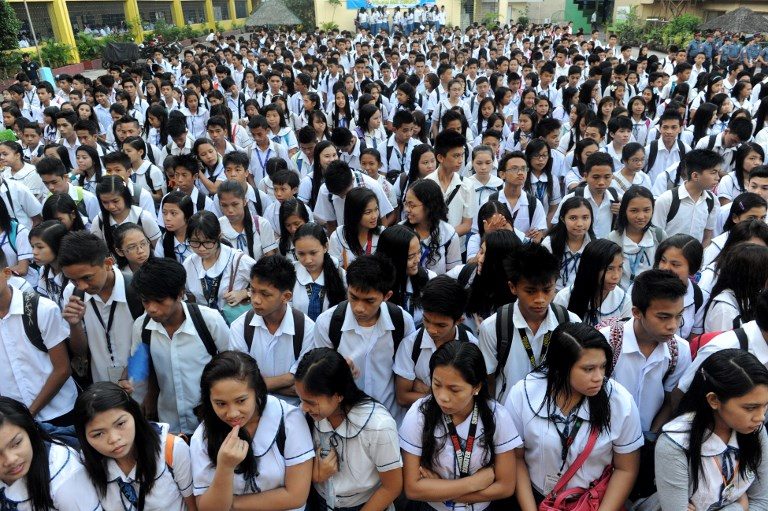
The Philippine Center for Investigative Journalism (PCIJ) said that the pandemic has worsened the challenges of the Department of Education’s (DepEd) K to 12 basic education program.
“When the government imposed two more years of high school to prepare students for work or college studies, it relied too much on private schools to offer Grades 11 and 12. There were not enough public senior high schools,” the PCIJ said in its report published on March 14.
On May 15, 2013, former president Benigno Aquino III signed the Enhanced Basic Education Act of 2013 into law, adding two more years in the basic education system in the country. (READ: INFOGRAPHIC: 10 things about K to 12)
The implementation of the Universal Kindergarten began in School Year (SY) 2011–2012. The enhanced curriculum for Grade 1 and Grade 7 (1st Year Junior High School) was rolled out the next year and was progressively introduced in the other grade levels in succeeding school years.
Grade 11 was introduced in SY 2016–2017 and Grade 12 in SY 2017–2018.
To help students who could not be accommodated in public schools pay for private education, DepEd implemented a voucher system, wherein students were given education subsidy worth P8,750 to P22,500 a year.
“Many public school students availed themselves of the vouchers and transferred to private schools. As a result, in the first year of the K to 12 program in 2016, the proportion of senior high students in private schools nearly matched that of public schools – 47% versus 53%. In elementary (Grades 1-6) and junior high school (Grades 7-10), private school enrollment accounted for merely a quarter,” the PCIJ noted.
However, PCIJ said that DepEd fell short when pandemic hit the country, forcing transferees from private schools to compete with public school students for limited slots.
Closure of private schools
The problem got even more complicated when a number of private schools in the country halted operations due to low enrollment.
“At least 452 private schools had to close amid low enrollment during the pandemic. Out of this number, 101 schools offered senior high school education,” the PCIJ wrote.
Citing an interview with Rhodora Ferrer of the Private Education Assistance Committee (PEAC), the PCIJ said that senior high school enrollment in private schools dropped to 800,000 this year.
“The figure went down by about 200,000 from at least one million enrollees annually since 2017,” the PCIJ noted in its report.
Meanwhile, advocacy groups, such as of E-Net Philippines, said that voucher system program of the education department did not address issues on the quality of education in the country, and merely passed the burden to private schools.
‘Unreadiness’ of public schools
The PCIJ report also cited a Commission on Audit (COA) report in 2016, which assessed the DepEd’s voucher program. The report concluded that the “unreadiness of public schools to accommodate the country’s 1.4 million Grade 11 students in 2016 made the private sector a decisive player in the implementation of the K to 12 program.”
Citing the COA report, the PCIJ said that the government was told address deficiencies in the public school system and not to rely on the resources of private schools.
“In 2015, DepEd ordered every municipality to build a senior high school. Despite DepEd’s efforts, gaps remained especially in distant areas where low demand made it difficult to open public senior high schools,” the PCIJ said.
Citing the case of Rizal High School in Pasig, the PCIJ reported that the surge in enrollees this year has led to a teacher-student ratio of 1:40, beyond the recommended 1:35 ratio.
Several groups have urged for a review of the K to 12 program over issues that teachers, students, and parents have been facing even before the pandemic.
“K to 12’s goal was to make students employable without going to college. But the voucher program did not benefit the marginalized students who needed it the most,” the PCIJ said.
Last year, schools opened using distance learning – a mix of online, printed modules, and TV/Radio lessons – following President Rodrigo Duterte’s directive to suspend face-to-face classes until a COVID-19 vaccine becomes widely available.
SY 2020-2021 will end on July 10. It’s not yet certain if the next school year will also use the much-criticized distance learning system.
The country was not fully prepared for distance learning as shown by the difficulty of teachers to cope with it, lack of access of a number of students to needed gadgets, and reports of erroneous learning modules.
Several lawmakers and groups have been pushing for the resumption of limited face-to-face classes to “fine-tune” the system. – Rappler.com
The full report of the Philippine Center for Investigative Journalism, titled Pandemic exacerbates challenges in K to 12 program as DepEd’s subsidies fall short, can be accessed through this link.
Add a comment
How does this make you feel?
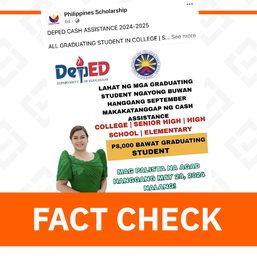
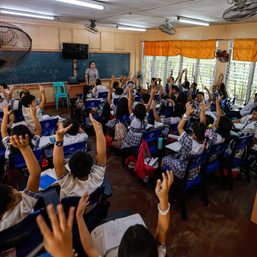
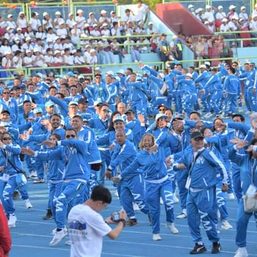
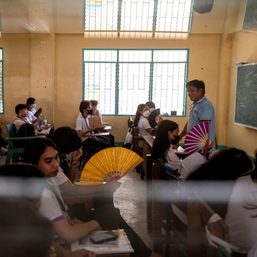
There are no comments yet. Add your comment to start the conversation.